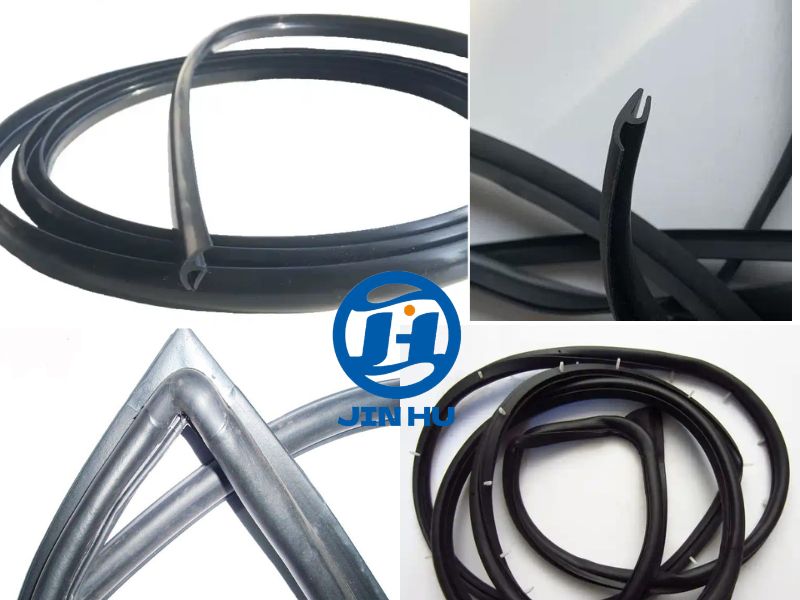
A closed-car windshield seal is a vital component of automotive engineering, ensuring the windshield is securely attached while preventing leaks and minimizing noise. These seals contribute significantly to a vehicle's structural integrity, weatherproofing, and overall driving comfort.
What is a Closed-Car Windshield Seal?
A windshield seal is a rubber or synthetic material that surrounds the perimeter of a car's windshield, forming a watertight and airtight barrier between the glass and the car body. In closed cars, which are enclosed vehicles with fixed roofs, the windshield seal serves as a critical component in isolating the cabin from external elements like rain, wind, and dust.
Functions of a Windshield Seal
- Weatherproofing: The seal prevents water, air, and debris from entering the car's interior.
- Structural Support: It helps hold the windshield in place, contributing to the overall rigidity of the car’s frame.
- Noise Reduction: By creating a tight seal, it minimizes wind and road noise, ensuring a quieter cabin.
- Safety Enhancement: A properly sealed windshield helps maintain cabin pressure during collisions, reducing the risk of glass displacement.
Types of Windshield Seals
- Rubber Seals: The most traditional type, made of durable rubber, offering flexibility and weather resistance.
- Adhesive Seals: These use strong adhesives to bond the windshield directly to the car frame, commonly used in modern vehicles for a cleaner appearance.
- Molded Seals: Custom-made seals that fit specific windshield designs, providing a seamless look and optimal performance.
- Urethane Seals: A robust and durable type, often used in conjunction with adhesive bonding for added strength.
Common Problems with Windshield Seals
- Cracking or Hardening: Over time, exposure to UV rays and temperature fluctuations can cause seals to crack or lose flexibility.
- Leaks: Poor installation or degraded materials can lead to water or air leaks.
- Noise Issues: A damaged seal may fail to block wind and noise effectively.
Maintaining Your Windshield Seal
- Regular Inspection: Check the seal for cracks, gaps, or signs of wear and tear.
- Cleaning: Use a mild soap and water solution to clean the seal and prevent debris buildup.
- UV Protection: Apply rubber protectants to shield the seal from UV damage.
- Timely Repairs: Address leaks or damage promptly to avoid further deterioration.
Replacement Considerations
When a windshield seal is beyond repair, replacement is essential. Ensure the new seal is compatible with your car model and installed by a professional to guarantee a proper fit. Modern vehicles often require specialized tools and adhesives for installation, making professional service even more critical.
Conclusion
The closed-car windshield seal is more than a simple rubber component—it’s a key player in maintaining a vehicle's comfort, safety, and performance. Regular maintenance and timely replacement can help extend its lifespan, ensuring a secure and comfortable driving experience in all conditions.

